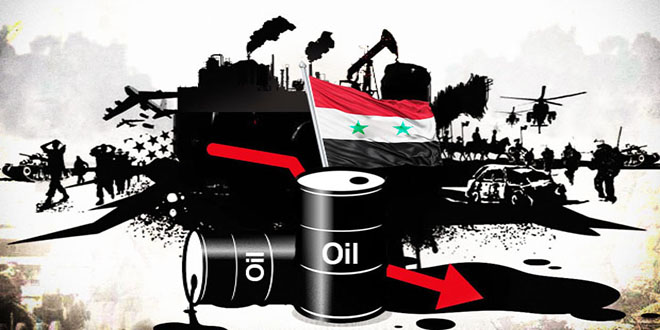Our notion of the conflict economy has three dimensions. First, it refers to the transformations and distortions of the Syrian economy because of the conflict and traces these back to conscious actions, policy choices, or discrete interventions of different actors
July 14, 2020

Source: The Syrian Center for Policy Research
The conflict in Syria, now completed its ninth year, has been catastrophic for the Syrian people and is widely recognized as one of the most devastating and intractable conflicts in decades due to its complexity. The conflict has also radically transformed Syria’s economy. In this research paper, we use a political economy approach to focus on Syria’s “conflict economies” and to map out the policies and processes that have driven and sustained them, and the actors behind those policies. We also locate Syria’s “conflict economies” in a militarized, polarized, and unequal regional and international landscape where subjugating powers political, economic, and military policies both sustain and drive conflict and inequality. Finally, we begin to trace possible pathways and alternatives in order to exit Syria’s conflict economies and address the deep human development needs in an equitable and sustainable manner.
Our notion of the conflict economy has three dimensions. First, it refers to the transformations and distortions of the Syrian economy because of the conflict and traces these back to conscious actions, policy choices, or discrete interventions of different actors. However, rather than focus on a narrow set of actors or supply chains, we broaden the analysis to capture the entire range of interconnections that exist on a regional and international level. Second, it examines how states and non-state actors have politicized and instrumentalized economic policies to pursue the armed conflict. Third, it refers to how policies with economic, political, and social implications can continue the logic of the conflict even in the absence of armed conflict. In other words, policies that entrench and further injustice and oppression are a continuation of the armed conflict by other means.
This discussion paper is the first in a series that emanated from the Development Policy Forum, a new initiative of the Syrian Center for Policy Research. Through this initiative, the center seeks to promote critical analysis of the challenges posed by the conflict in Syria and to explore policy alternatives to address them while analyzing the impact of ongoing policies enforced by the government of Syria and other actors at the institutional and socioeconomic level. This will be the first of a series of discussion papers that will expand on some of the themes and actors discussed in this paper in more detail. These include the role of public institutions, civil society, the private sector, and external actors including regional and international governments and humanitarian institutions.
Our goal in this discussion paper is to provide a general framework rather than a comprehensive or exclusive analysis of the entirety of the conflict. The policies, actors, and outcomes given in the different tables are examples to illustrate the range of actors, factors, and webs of relationships that play a role in creating Syria’s conflict economies.
Download English paper
⇓

